Vegan Globetrotter is supported by our audience. When you purchase through one of our links, we may earn a small affiliate commission. As an Amazon Associate I earn from qualifying purchases. Your cost is not affected.
==================
The concept of rainbow eating or vegan ‘rainbow of food’ is not just an aesthetically appealing plate; it’s a representation of health and diversity in one’s diet. A range of colors on a vegan plate typically indicates a variety of nutrients, as different colors in fruits and vegetables reflect the different vitamins, minerals, and antioxidants they contain. Embracing this colorful approach not only ensures that vegans can meet their nutritional needs but also keeps mealtime exciting and vibrant.
Rainbow Eating: Crafting a Vibrant Vegan Plate with Nutrient-Rich Plant-Based Foods
Incorporating a spectrum of plant-based foods is more than just combining colors; it’s about understanding the nutritional profiles of these foods and how they contribute to a balanced diet. Planning a vegan rainbow involves selecting from the wealth of vegetables, fruits, whole grains, nuts, and seeds available.

The preparation techniques vary widely, from raw to cooked dishes, and there are countless recipe ideas to make each meal an adventure. Eating a rainbow on the go is also possible with a bit of planning, and for those inclined, growing a personal rainbow garden can be a fulfilling way to connect with the food they eat.

Foundations of a Vegan Diet
A vegan diet consists exclusively of plant-based foods, which means no meat, fish, dairy, eggs, or honey. It is rooted in the principle of avoiding animal exploitation and cruelty. This commitment extends to all areas of life, not just food, including clothing and other products. The Vegan Society defines veganism as a way of living that attempts to exclude all forms of animal exploitation and cruelty as much as possible.
Key Components of a Vegan Diet:
- Fruits and vegetables
- Legumes such as peas, beans, and lentils
- Nuts and seeds
- Bread, rice, and pasta
- Dairy alternatives (e.g., soy, almond, oat milk)
Health and Nutritional Considerations of Rainbow Eating
When adopting a vegan diet, one should carefully plan to maintain nutritional balance. Essential nutrients typically found in animal products like protein, Vitamin B12, iron, calcium, and omega-3 fatty acids must be sourced from plant-based alternatives. A well-planned vegan diet is associated with several health benefits, such as lower chances of heart disease, hypertension, type 2 diabetes, and certain types of both cancer and heart disease. Weight management is also often facilitated by a plant-based diet due to lower calorie density and higher fiber content, leading to a feeling of fullness for longer periods as asserted by the website Living The Vegan Lifestyle.
Critical Nutrients to Monitor in a Vegan Diet:
- Protein: Sourced from legumes, tofu, tempeh, and quinoa.
- Vitamin B12: Often required as a supplement or from fortified foods.
- Iron: Available in lentils, chickpeas, and pumpkin seeds; vitamin C aids absorption.
- Omega-3 fatty acids: Can be obtained from flaxseeds, chia seeds, and walnuts.
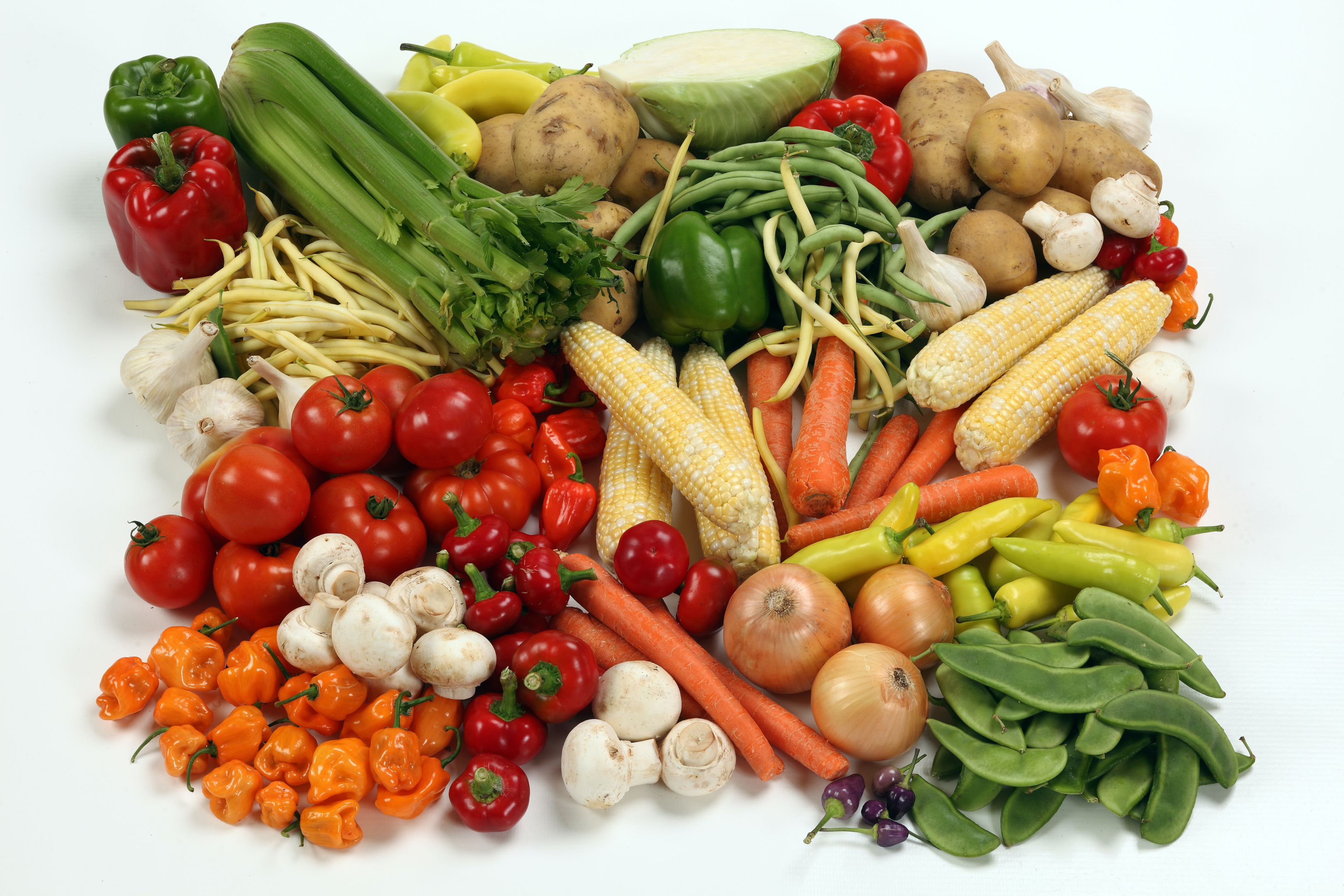
Photo by Randy Fath on Unsplash

The Rainbow Eating Concept
Rainbow eating, a dietary strategy that emphasizes the inclusion of a variety of colorful fruits and vegetables in one’s diet, provides a wide range of nutrients and phytochemicals necessary for optimal health. Embracing the concept of rainbow eating ensures that individuals benefit from the diverse array of vitamins, minerals, and antioxidants present in foods of different hues, even blue and purple fruits, contributing to a well-rounded and nutritionally rich lifestyle.

Color Psychology in Food Choices and Rainbow Eating
Rainbow eating is evident in how individuals are often drawn to foods based on their color, which can signal nutritional value and freshness. Individuals are often drawn to foods based on their color, which can signal nutritional value and freshness. Red fruits and vegetables, for example, contain antioxidants like lycopene and anthocyanins. They are not just visually appealing but also offer health benefits such as improved heart health. On the other hand, green fruits and produce are typically rich in chlorophyll, fiber, and a variety of vitamins, indicating their potential to support the immune system and promote detoxification.
Diversity in Plant-Based Eating
A plant-based diet thrives on diversity, both for nutritional balance and culinary enjoyment. Including a spectrum of plant-based foods ensures a variety of essential nutrients such as vitamins, minerals, and fiber are consumed. Foods like purple cabbage various orange fruits and sweet potatoes provide distinct nutrients like vitamin A and flavonoids. Encouraging a colorful plate is a practical way to enhance the nutritional profile of a vegan diet.
Planning Your Vegan Rainbow for Rainbow Eating
Incorporating a rainbow of colors into one’s vegan diet ensures a broad spectrum of nutrients and flavors. Careful planning is key to achieving a well-balanced and visually appealing vegan plate.
Essential Food Groups for Rainbow Eating
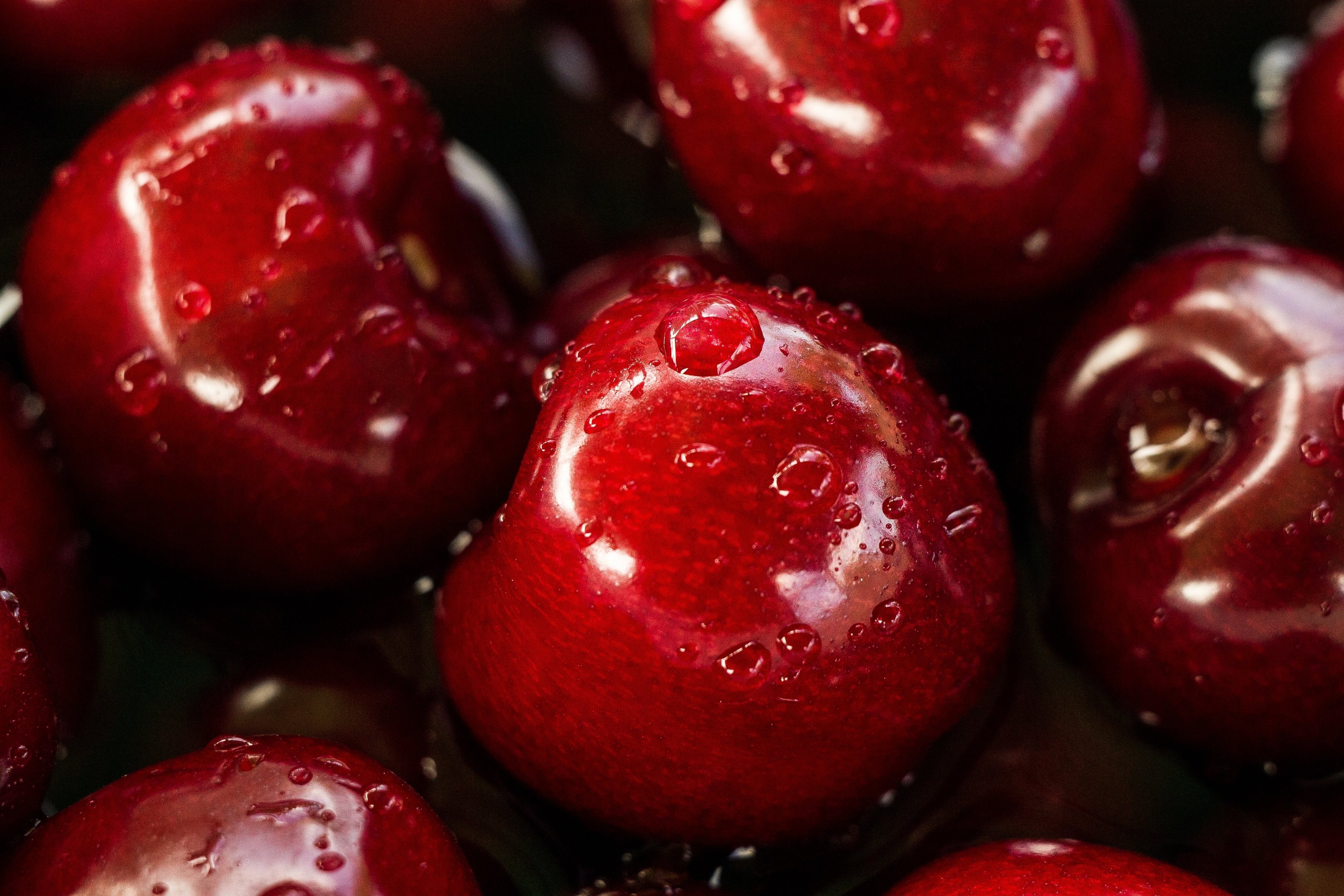
Photo by Roksolana Zasiadko on Unsplash
Fruits and Vegetables: These should form the bulk of the rainbow, with an emphasis on variety. Consider integrating items like red bell peppers red grapes, oranges, and leafy greens to cover different vitamins and antioxidants.

Proteins: Plant-based proteins are essential and can be found in foods such as chickpeas, lentils, and tempeh, which help to maintain muscle health and overall energy levels.
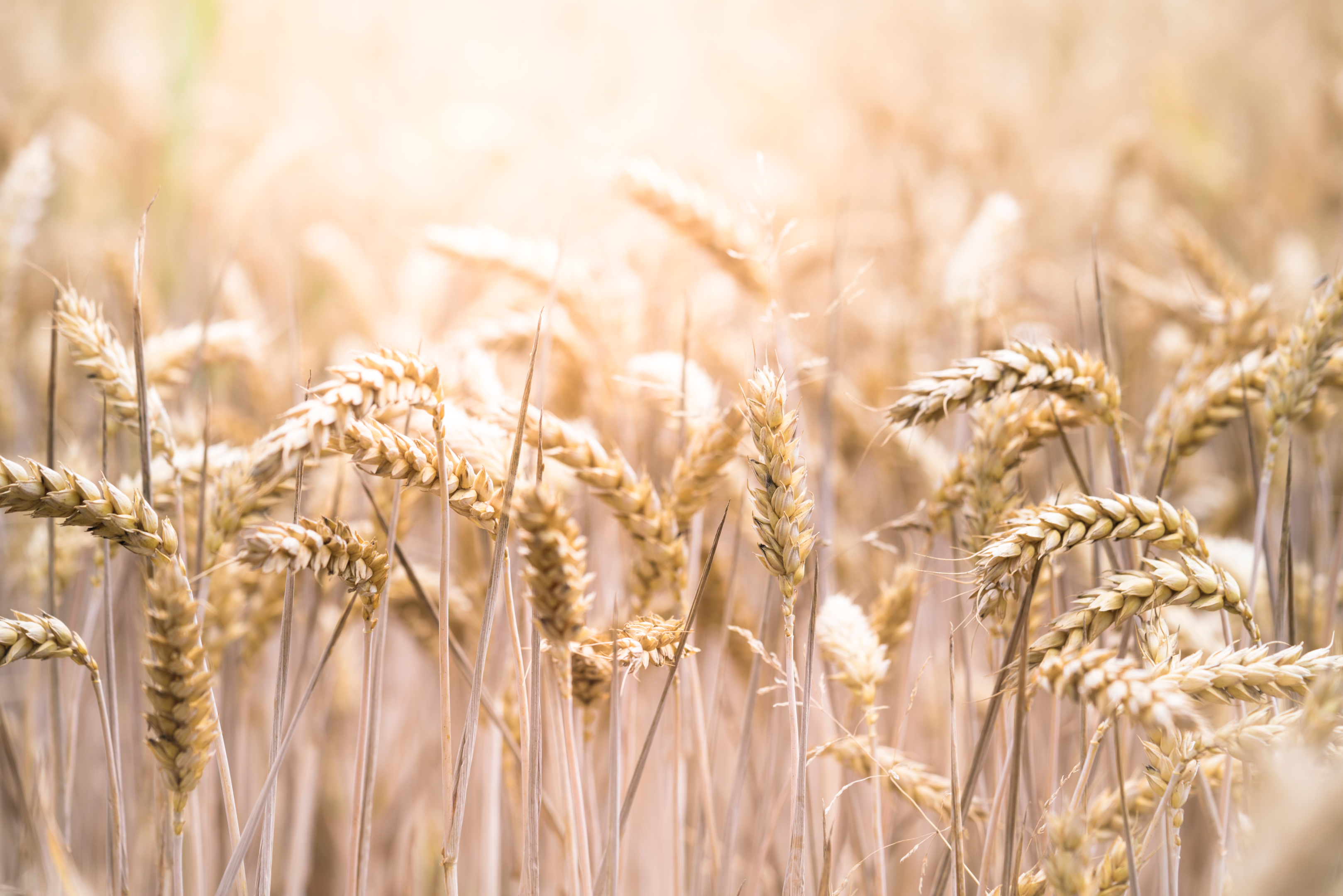
Photo by Evi Radauscher on Unsplash
Whole Grains: Whole grains like quinoa, brown rice, and oats are crucial for their fiber content and their ability to provide sustained energy. Fats: Healthy fats from avocados, nuts, and seeds not only add richness to meals but are also important for brain and eye health, and nutrient absorption.
Dairy Alternatives: Non-dairy items like almond milk and coconut yogurt add calcium and other nutrients, as well as creaminess to dishes.
Sourcing Rainbow Ingredients for Rainbow Eating
Local Markets: They often provide the freshest seasonal produce. Engage with local farmers to find the best quality fruits and vegetables.
International Stores: They can be treasure troves for unique and diverse ingredients that may not be readily available elsewhere.
Online Retailers: If certain items are hard to find, online stores can be a convenient source for less common vegan ingredients and exotic colors to enhance the rainbow on your plate. Remember, diversity is just as important as the choice of individual foods, to ensure all color spectrums and nutritional needs are met in a vegan diet.
Preparation Techniques for Rainbow Eating
Video Credits: The Happy Pear
Preparing vibrant vegan meals requires innovative techniques to replace animal products and engaging presentation skills to create visually stunning dishes.
Cooking Without Animal Products for Rainbow Eating
When cooking vegan food, the use of plant-based substitutes is essential. Tofu, for example, can be marinated and baked for a protein-rich addition to meals, similar to the method described in the Colorful and Kind Vegan Rainbow Food Ideas. Legumes and beans often serve as hearty replacements for meat, providing both texture and flavor. The key is in the seasoning—utilizing herbs, spices, and umami-rich ingredients like nutritional yeast and tamari to enhance taste.
Creative Plating and Presentation for Rainbow Eating
The artistry of plating vegan dishes can transform simple ingredients into a feast for the eyes. Utilize natural colors from fruits and vegetables to create a spectrum on the plate. Slicing ingredients thinly and layering them, as seen in these Vegan Rainbow Sushi Rolls, can showcase the range of colors in vegetables. Serving a meal on a white or neutral-colored dish can make the colors pop, and garnishing with edible flowers or sprinkling seeds adds texture and visual appeal.
Rainbow Eating on the Go
Eating a variety of colorful plant-based foods while traveling can boost nutrient intake and cater to vegan preferences with ease.
Vegan-Friendly Restaurants
Many restaurants offer colorful vegan options that make it simple to eat the rainbow on the go. Websites such as HappyCow can be a helpful resource for locating vegan eateries in any city. For instance, bowls featuring a mix of vibrant vegetables, grains, and plant-based proteins are common in cities with a diverse food culture. Look for menus that include specific rainbow dishes, such as those found on Eating by Elaine.
Travel Tips for Vegans
When planning your trip, it’s essential to consider how you’ll maintain a colorful, plant-based diet. Research and plan by looking up vegan-friendly grocery stores or markets near your accommodations. Portable meals such as the Rainbow Mason Jar Salad can be prepped in advance for convenient on-the-go nourishment. It’s also helpful to carry snacks like fruit, nuts, and vegan bars to ensure you have options rich in different nutrients throughout your travels.
Growing Your Own Rainbow
Video Credits: The Spruce Eats
When gardeners choose to cultivate a variety of colorful vegetables and fruits, embracing the concept of rainbow eating, they can grow their rainbow right in their backyard or urban space. This process not only adds beauty to their garden but also ensures a diverse nutrient intake.
Choosing the Right Plants: Gardeners should select plants that will thrive in their specific climate and soil conditions. For instance, tomatoes, bell peppers, and eggplants add reds, yellows, and purples to the garden and are warm-weather crops that require full sunlight.
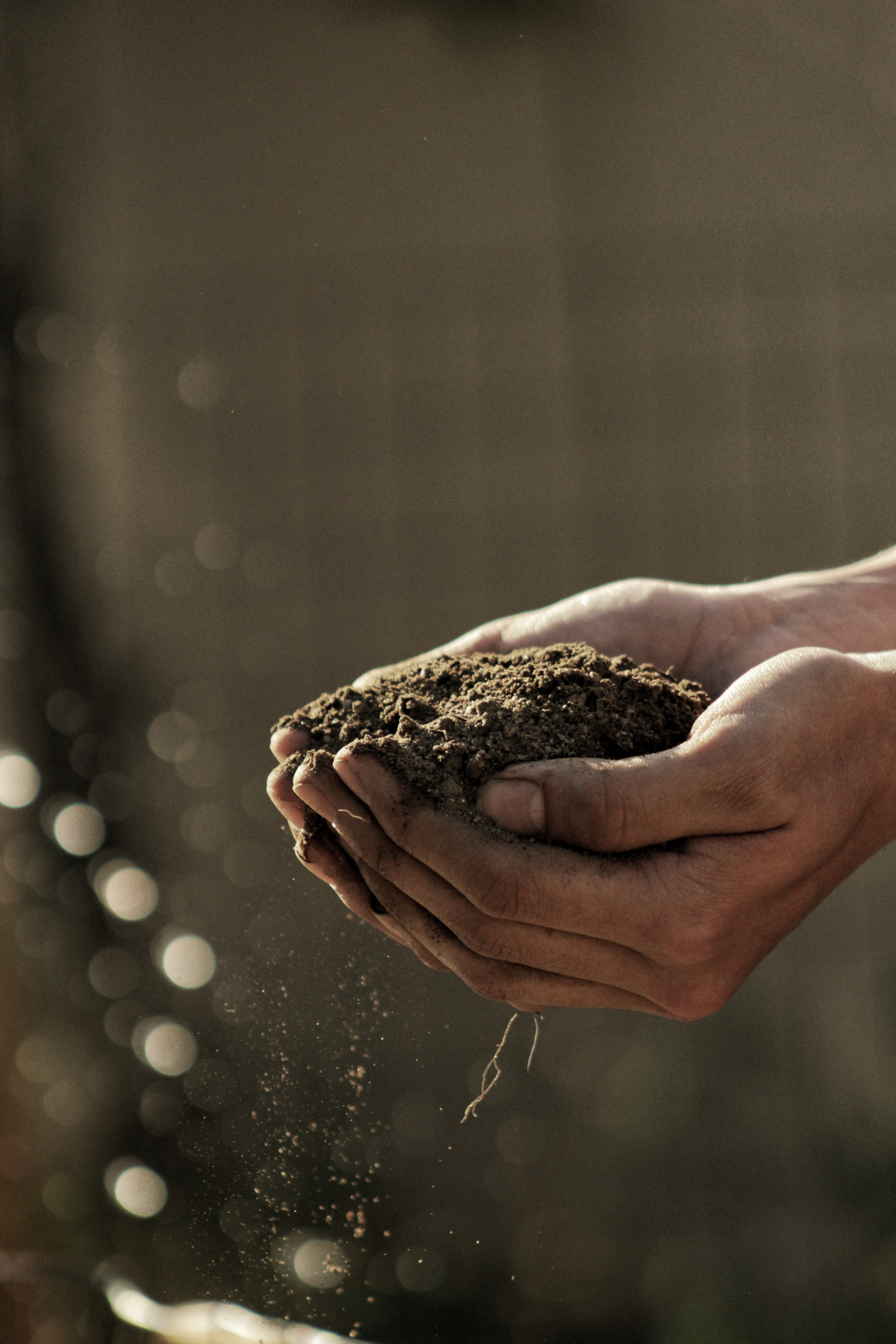
Photo by Gabriel Jimenez on Unsplash
Soil Preparation: Rich, fertile soil is the foundation of a healthy garden. Soil testing kits can help determine the pH level and the nutrients already present. Composting enriches the soil, adding necessary nutrients back into the ground.
Urban Farming Essentials
Maximizing Space: For those with limited space, vertical gardening and container planting are effective strategies. Utilizing trellises for climbing plants like cucumbers or rainbow chard can add a pop of green and yellow high up.
Community Resources: Urban farmers often benefit from sharing resources and knowledge. Community gardens provide not only space but also shared tools and the camaraderie of fellow gardeners. Here, individuals can grow vibrantly hued vegetables such as kale and carrots, contributing to the collective rainbow.
Community and Culture
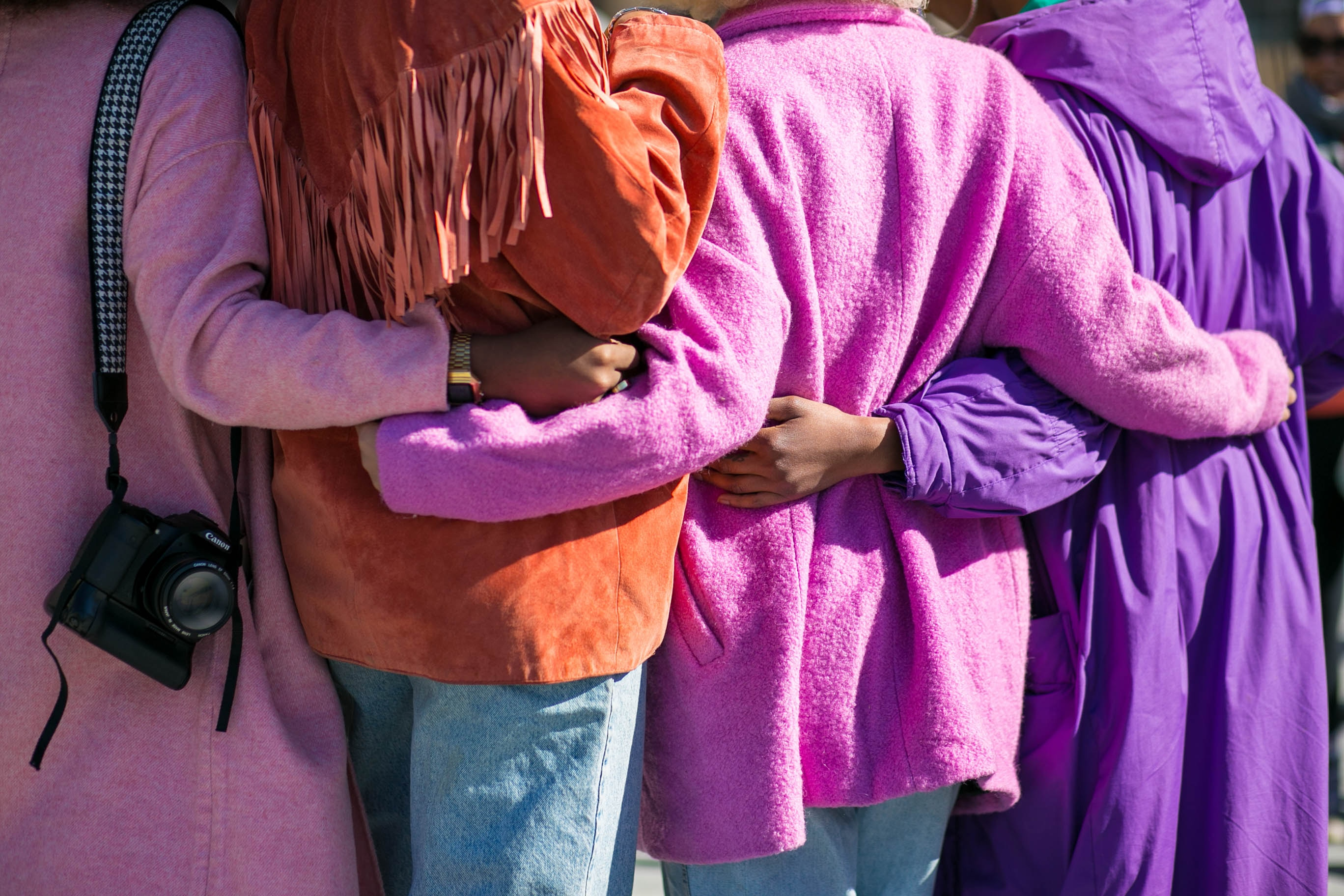
Photo by Gabriel Jimenez on Unsplash
The diverse and vibrant array of vegan food reflects the community’s social identity and celebrates various cultural influences. It includes a spectrum of plant-based dishes that are as vibrant in color as they are in flavor and nutrition.
Veganism in Social Context
Veganism extends beyond dietary choices to symbolize a collective identity. Groups within the vegan community often share values and ethics that transcend food, advocating for animal rights and environmental sustainability. This shared ethos can lead to the formation of subcultures within broader societies, where personal choices in food consumption merge with social activism and eco-conscious living. The Vegan Society reflects on this intersection, highlighting the vegan identity as a significant sociocultural phenomenon.
Influences on Cuisine and Trend
Vegan cuisine has become incredibly diverse, drawing influences from global culinary traditions. Chefs and home cooks alike are reimagining dishes with plant-based ingredients, giving rise to new trends and flavor profiles. This culinary innovation often results in a celebration of colorful fruits and vegetables, leading to a ‘rainbow of food’ that is both appealing and nutritious. For instance, PETA recognizes the myriad of vegan rainbow food ideas that have emerged, harnessing the natural palette of plant foods to create dishes that are as pleasing to the eye as they are to the palate.
Sustainability and Ethics
Video Credits: TEDX Talks
Adopting a vegan lifestyle goes beyond personal health and extends to profound impacts on sustainability and ethics. It reflects a commitment to reducing environmental harm and upholding animal rights.
Environmental Impact of Vegan Choices
Vegan diets reduce carbon footprints, as plant-based agriculture uses less energy and emits fewer greenhouse gases than animal farming. For instance, research points to the reduced environmental degradation and conservation of water resources due to the lower water footprint of plant-based foods. A study found that embracing a plant-based diet could lead to a reduction in food-related emissions by up to 61%.
- Greenhouse Gas Emissions: Vegan diets are associated with lower production of methane and CO2 due to the absence of livestock farming.
- Land Use: Plant-based diets can lead to more efficient land use, preserving biodiversity.
- Water Use: The water required to produce a kilogram of vegetables is significantly less than that needed for producing the same weight in meat.
Animal Rights and Vegan Advocacy
Veganism is rooted in the fundamental belief that animals have the right to live free from human exploitation and harm. Advocacy in this area focuses on educating the public about the sentient nature of animals and the conditions they endure in factory farms. Reports highlight that a plant-based diet promotes animal welfare by negating the need for industrial animal agriculture.
- Factory Farming: The avoidance of products from factory farms is a clear stand against inhumane treatments.
- Ethical Consumerism: Transparent labeling and promotion of cruelty-free, vegan products support informed choices.
By scrutinizing the lifecycle of food production from the standpoint of sustainability and ethics, vegan choices emerge as a symbiotic approach to eating, encompassing respect for the environment and sentient beings.
Embracing Rainbow Eating: A Vibrant Conclusion

Embracing rainbow eating within a vegan lifestyle offers a vibrant tapestry of health, culinary delight, and ethical consciousness.
By incorporating a spectrum of colorful plant-based foods, we not only nourish our bodies with essential nutrients but also celebrate diversity, sustainability, and compassion.
Whether you’re new to veganism or a seasoned advocate, let’s continue to explore the colorful world of plant-based eating together.
Join us in crafting a healthier, more vibrant future for ourselves and our planet.
Ready to start your rainbow eating journey? Dive in and discover the endless possibilities awaiting your plate!
Frequently Asked Questions on Rainbow Eating
Video Credits: Choosing My Health
A balanced vegan rainbow diet incorporates a multitude of colors from plant-based foods, each offering unique nutrients. This section addresses common queries on how to create diverse, nutritious, and appealing vegan meals.
What Are the Essential Components of a Balanced Vegan Rainbow Diet?
A balanced vegan rainbow diet should include fruits and vegetables of different colors, whole grains, legumes, nuts, and seeds. Each color provides various vitamins, minerals, and antioxidants, promoting overall health. For example, dark leafy greens are rich in iron and calcium, while bright orange vegetables and purple fruits like carrots offer vitamin A.
How Can I Prepare a Vegan Rainbow Salad That's Both Nutritious and Appealing?
Create a vegan rainbow salad by mixing colorful veggies and fruits like spinach, tomatoes, bell peppers, blueberries, and purple cabbage. Include plant protein from chickpeas or tofu, and dress it with tahini or avocado for healthy fats. Outstanding Vegan Recipes | Rainbow Plant Life provides a diverse selection of visually appealing and nutrient-dense salads.
What Are Some Creative Ways to Include a Variety of Colors in My Vegan Meals?
Make rainbow eating easy by adding colorful veggies to vegan meals—try beets, sweet potatoes, regular potatoes, and broccoli. Sweeten things up with fruits like mango or pomegranate. Boost the green factor by blending spinach or kale into smoothies. Sprinkle in spices like turmeric for a yellow tint and extra health perks. With rainbow eating, your meals become a vibrant mix of colors, providing a variety of nutrients for good health. Make a high-protein vegan quinoa bowl with black beans, diced peppers, corn, avocado, and nutritional yeast for a colorful dish rich in essential amino acids.
What Are Some Unexpected Plant-Based Foods That Can Add Unique Colors to a Vegan Dish?
Unexpected plant-based foods like purple grapes, sweet potatoes, spirulina, and red quinoa can add unique colors to a dish. Edible flowers, such as nasturtiums and violets, can also offer a pop of color and an element of surprise.
How Can I Effectively Meal Prep for the Week With a Focus on a Colorful Vegan Diet?
Efficient meal prep on a colorful vegan diet involves planning and preparing ingredients that can be mixed and matched. Roast a variety of colored vegetables like carrots, zucchini, and red onions in advance. Prepare grains, legumes, and pre-cut veggies like bell peppers and cucumbers for convenient weekly meals. The 31 Days of Vegan Challenge – Rainbow Plant Life provides helpful tips and recipes for meal prepping with diversity and nutritional balance in mind.
Follow Our Socials
Hey Green Warriors! 🌿 Ready to join the ultimate journey towards a planet-friendly lifestyle? 🌎 VeganGlobetrotter is your passport to a vibrant world of delicious plant-based delights and sustainable living. 🌱✈️ Ready to transform your life and the world around you? Follow VeganGlobetrotter on all socials and let the adventure begin! 🚀🌱
Follow our pages
Vegan Globetrotter
@VeganGlobetrot
Vegan Globe Trotter
© All Rights Reserved | Vegan Globetrotter 2021





Don't miss out
when new recipes and information are added!
Join our newsletter for free recipes,
healthy living inspiration, and special offers
You have Successfully Subscribed!